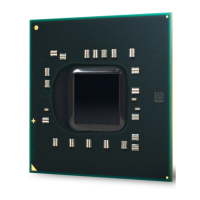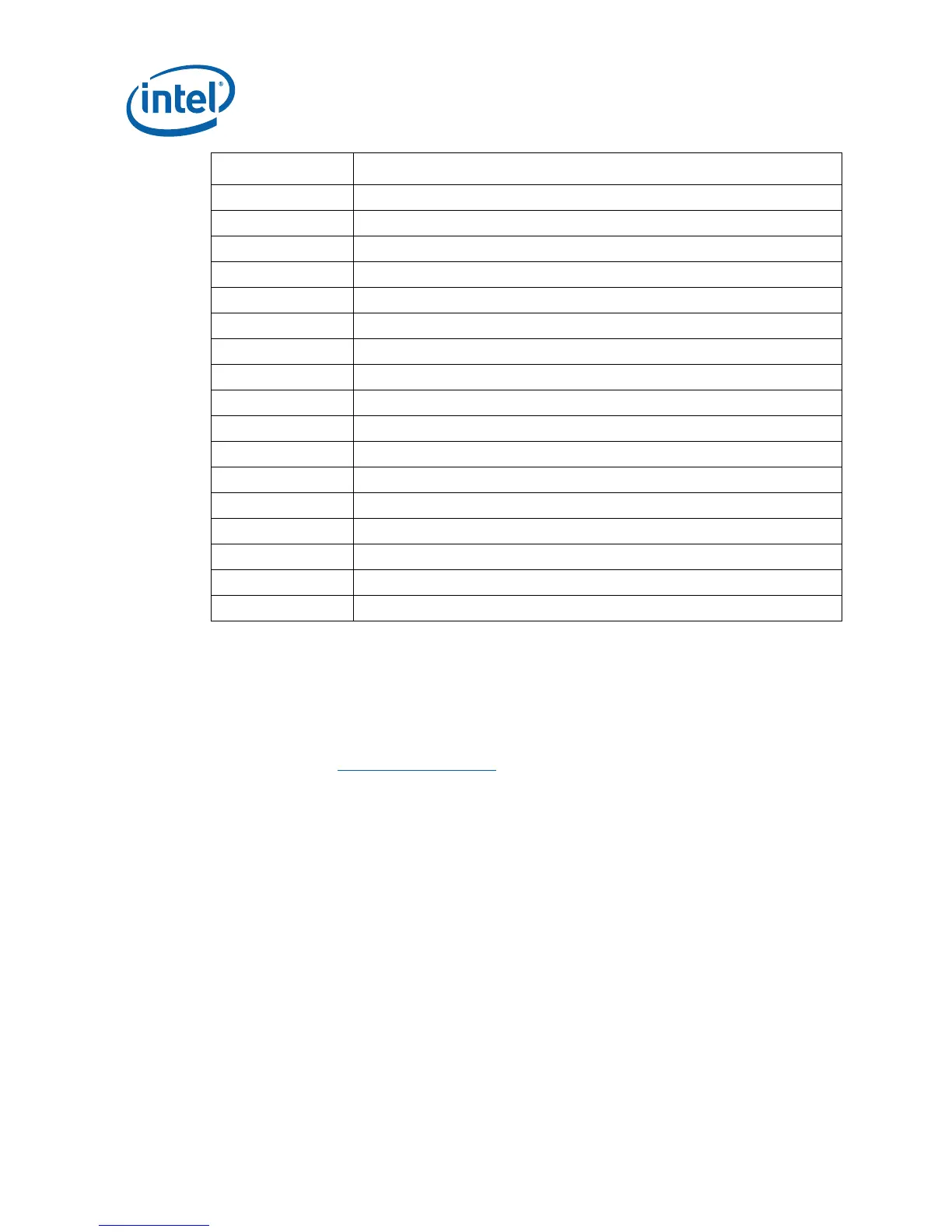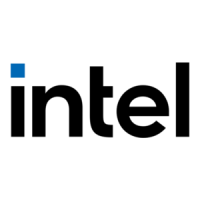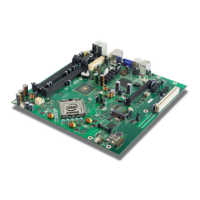Introduction
14 Development Kit User’s Manual
Acronym Definition
SUT System Under Test
TME Technical Marketing Engineer
TPM Trusted Platform Module
TV or TVO Television (Output)
µBGA Micro Ball Grid Array
UHCI Universal Host Controller Interface
ULV Ultra-Low Voltage
USB Universal Serial Bus
VGA Video Graphics Adapter
VID Voltage Identification
WiMAX (Wireless Communications Standard)
WLAN Wireless Local Area Network
VREG or VR Voltage Regulator
WWAN Wireless Wide Area Network
VCC Power Signal
x1 (x2, etc) By 1 (By 2, etc) (refers to number of PCIe Links)
XDP eXtended Debug Port
1.4 Development Kit Technical Support
1.4.1 Online Support
Intel’s web site (http://www.intel.com/) provides up-to-date technical information and
product support. This information is available 24 hours per day, 7 days per week,
providing technical information whenever you need it.
1.4.2 Additional Technical Support
If you require additional technical support, please contact your Intel Representative or
local distributor.

